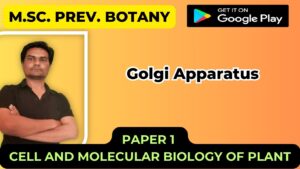![]()
Quantasome concept
Park and Pons discovered the photosynthetic units that are pigment molecules which are found in the form of paracrystalline, spheroid particles.
Which are bounded within the thylakoid membrane and are called as Quantosome.
Each quantasome is 185 Å long 155 Å broad 100 Å thick with molecular weight of 2 X105 Daltons .
These are irregularly distributed inside the membrane.
Each quantasome comprises about 300 chlorophyll molecules.
There are 3 kinds of photosynthetic pigments-chlorophylls, carotenoids and phycobilins.
In quantasomes chlorophyll molecules, a small number of carotenoid molecules and some essential enzymes are found.
These quantasomes are the structural and functional units of a photosystem as these are the centers for carrying out photochemical reactions
.
Now-a-days it is quite clear that for the completion of light reactions two photosystems work that are-Photosystem-I(Ps-1) and II which contains more chlorophyll-a /chlorophyll-b ratio and a pigment called P-700 absorbs light at 700 nm.
Ps-ll-contains more chlorophyll-a/b ratio, carotenoids, phycobilins and pigment P680, P-700 and P-680 are the reaction centers of the respective photosystems.
The pigments of photosystem-II absorb light energy and transfer it to a photochemical reaction center (P.700) of Ps- I, which is capable of converting the light energy into chemical energy.
All the other pigment molecules of photosystems are called light harvesting molecules which absorb light and transmit it at a very high rate to the single reaction center, where photochemical reactions start.



